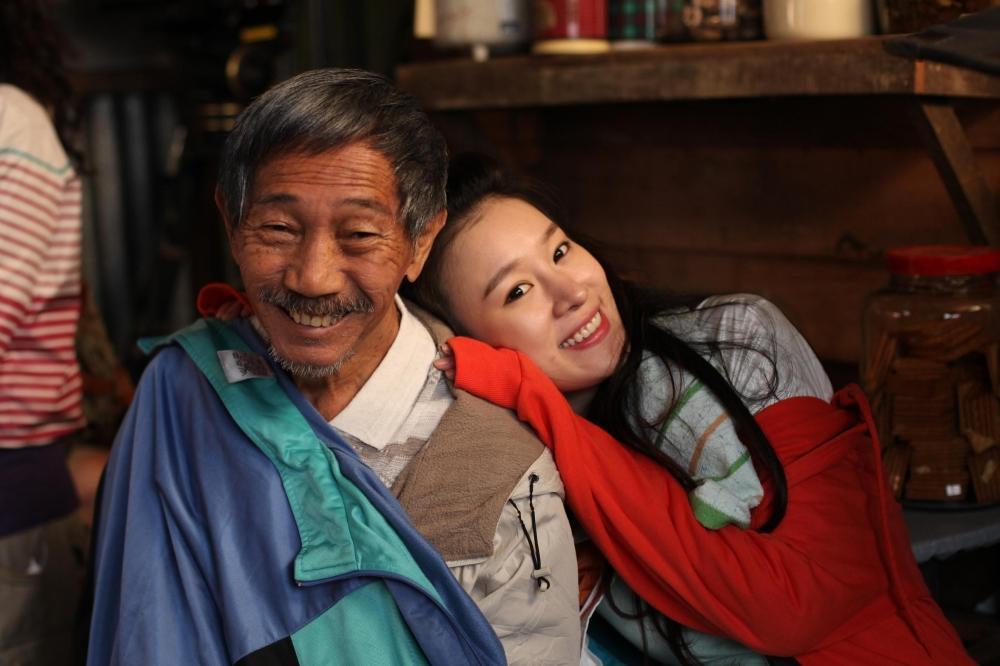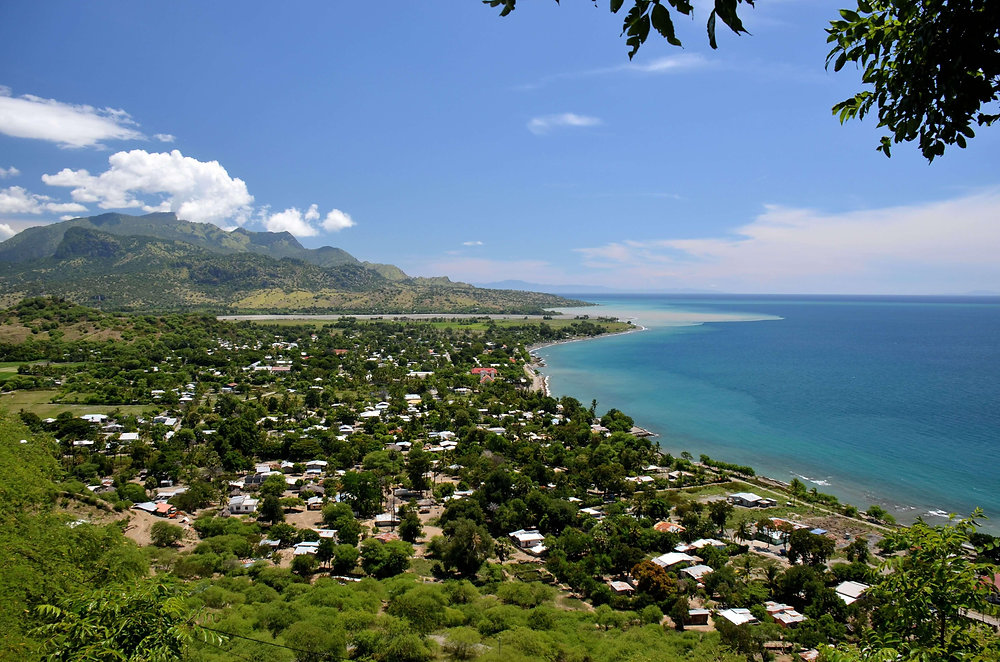johnbowe.info – “The Journey” is a 2014 Malaysian film that beautifully captures the nuances of cultural differences and familial bonds. Directed by Chiu Keng Guan, the movie was a commercial success and resonated with audiences for its heartfelt portrayal of tradition and modernity.
Plot Overview
The story revolves around Uncle Chuan, a conservative father who values his traditions deeply, and his daughter Bee, who returns home from overseas with her British fiancé, Benji. The central tension arises when Bee and Benji’s wedding plans clash with Uncle Chuan’s traditional expectations. To bridge the cultural divide, they embark on a journey across Malaysia, which becomes a transformative experience for all involved.
Cultural Themes
The film is rich with cultural significance, highlighting the generational gap and the challenges of intercultural relationships. It delves into how love and understanding can transcend cultural barriers, offering a narrative that is both universal and uniquely Malaysian.
Reception
“The Journey” was praised for its stunning visuals and the authentic portrayal of Malaysian landscapes and cultures. It became the highest-grossing Malaysian film at the time, a testament to its wide appeal and powerful storytelling.
Conclusion
In conclusion, “The Journey” is more than just a film about a wedding; it’s a poignant exploration of identity, family, and the ties that bind. Its success is a reflection of its ability to touch on the universal themes of love and acceptance, making it a standout piece in Malaysian cinema.



